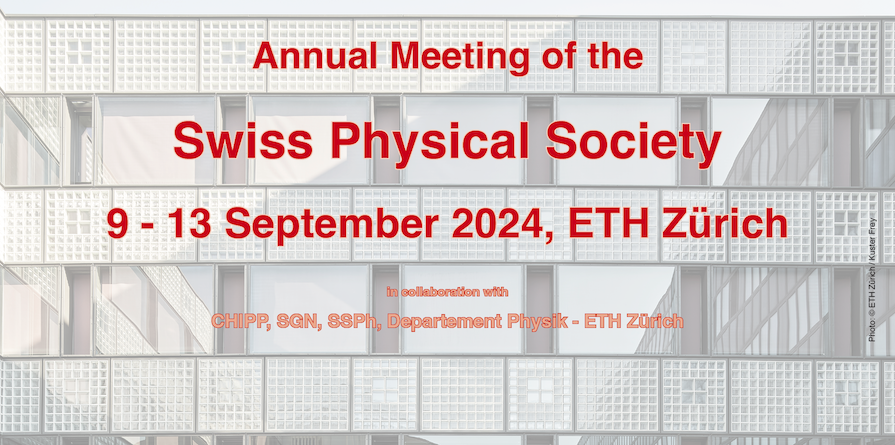Speaker
Description
Today’s understanding of physics is not possible without the concept of quantum mechanics, but how did it all come about?
Light had been understood in terms of waves since Huygen’s wave interpretation in 1690 (and Fresnel’s extension in 1818), but Planck (in 1900) and Einstein (in 1905) postulated particle behaviors (photons), where the frequency or wavelength of photons was related to their energy or momentum, confirmed by Compton’s experiments in the early 1920s. The Bohr model of the atom (1913) still considered electrons as particles, but with quantized angular momentum. In 1924 de Broglie introduced the theory of electron waves, before understood as particles, and proposed (more generally) that particles are wave packets which move with group velocity, having an effective mass. Following de Broglie’s proposal, leading to the wave-particle duality of electrons, modern quantum mechanics was born when in 1925 Werner Heisenberg, Max Born and Pascal Jordan developed matrix mechanics and Erwin Schrödinger invented wave mechanics as solutions of the Schrödinger equation in 1926. From the wider acceptance at the Fifth Solvay Conference in 1927 to further refinements and unified formalizations by David Hilbert, Paul Dirac, and John von Neumann until1930 only a few years had passed. Bohr won the Nobel prize in 1922, de Broglie in 1929, Heisenberg in 1932, Schrödinger in 1933, followed by many other quantum physicists since then. My colleagues in this symposium will discuss modern research and advances in this field, I focus on the role of de Broglie, a few main aspects and the history behind it.
